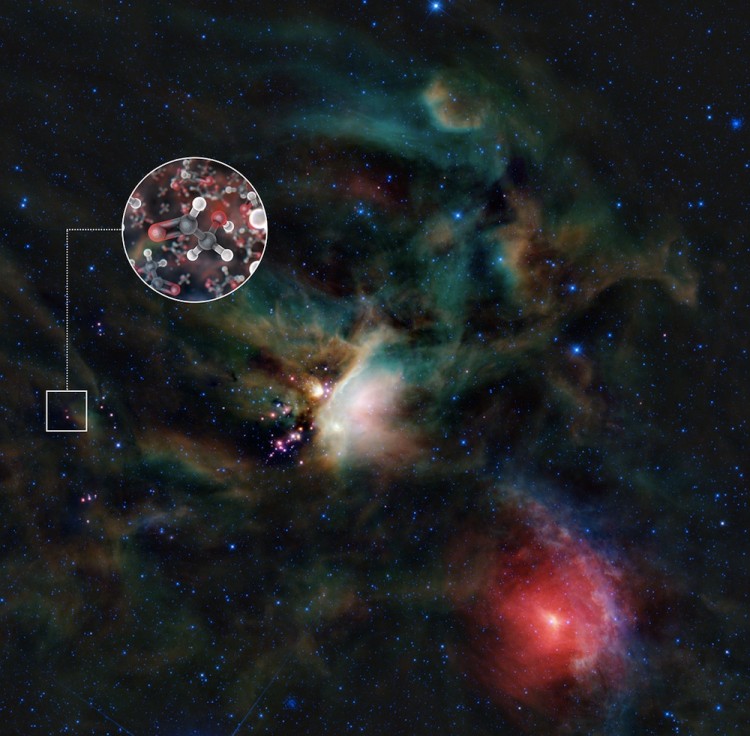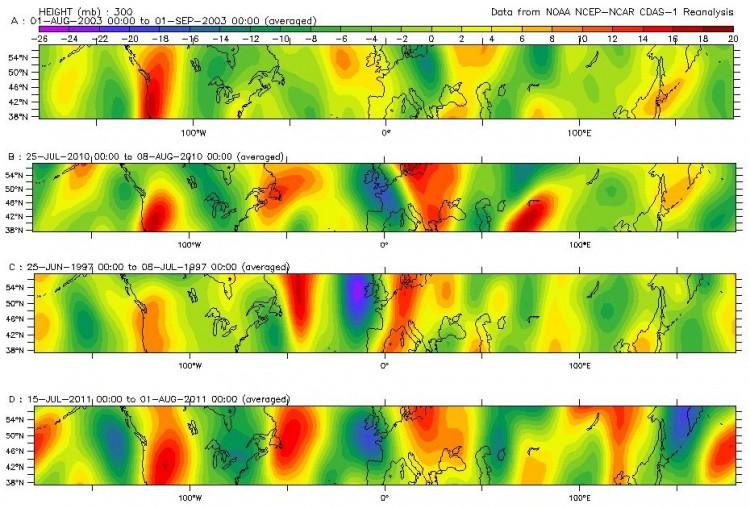Some of the building blocks of life have been detected by the Atacama Large Millimeter/submillimeter Array (ALMA) in the gas surrounding a young sun-like star.
The binary star IRAS 16293-2422 is about 400 light-years away in the Rho Ophiuchi star-forming region. The molecules are of the simple sugar glycolaldehyde (C2H4O2), which has never been found so close to a sun-like star, showing that the molecules could be included in planets forming around it.
“In the disc of gas and dust surrounding this newly formed star, we found glycolaldehyde, which is a simple form of sugar, not much different to the sugar we put in coffee,” said study lead author Jes Jørgensen at Denmark’s Niels Bohr Institute in a press release.
“This molecule is one of the ingredients in the formation of RNA, which—like DNA, to which it is related—is one of the building blocks of life.”
When a new star forms, clouds of gas and dust condense with the potential for more complex molecules to form. Once the star has formed, it gently heats the cloud center, evaporating any complex molecules which can be detected as radio waves by ALMA.
“What it is really exciting about our findings is that the ALMA observations reveal that the sugar molecules are falling in towards one of the stars of the system,” said research team member Cécile Favre at Denmark’s Aarhus University in the release.
“The sugar molecules are not only in the right place to find their way onto a planet, but they are also going in the right direction.”
The finding has important implications for our understanding of life and its origins.
“A big question is: how complex can these molecules become before they are incorporated into new planets?” Jørgensen said.
“This could tell us something about how life might arise elsewhere, and ALMA observations are going to be vital to unravel this mystery.”
The study will be published in the journal Astrophysical Journal Letters.
The Epoch Times publishes in 35 countries and in 19 languages. Subscribe to our e-newsletter.




